If it bleeds, it doesn’t necessary lead
Current affairs shows account for only seven per cent of television viewership.
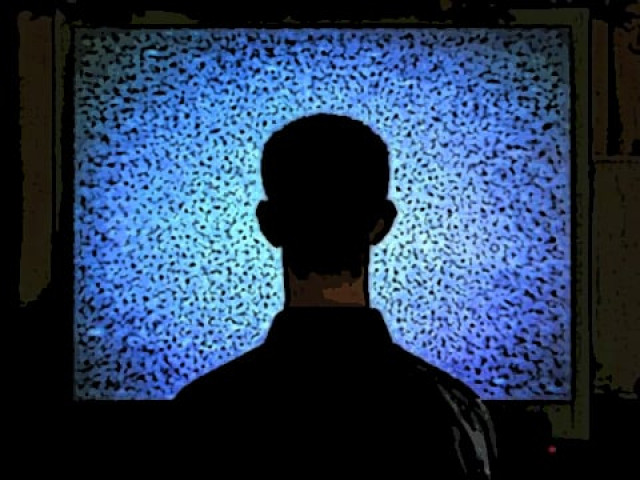
These points and other discoveries were discussed at a national conference held by Uks, a research, resource and publication centre on women and media, that conducted a survey on what public think of the media. The findings were shared at the event on Tuesday that was attended by TV anchors and professionals from different organisations.
The pilot project is focus-group research done by 110 volunteer students and Uks members in six locations across Pakistan in which almost 1,080 responses were recorded. The one-year project focuses on promoting public discourse on media content in Pakistan, particularly bulletins and select current affairs programmes.
Students from six universities from Karachi, Lahore, Islamabad, Bahawalpur, Rawalpindi and Peshawar participated in the study that investigated five newspapers and five TV channels over three months (Oct to Dec 2009) to gauge public response on certain issues such as the power of a TV host, the content that should be or should not be shown or written about.
They discovered to their surprise that people were shocked when they were asked about their views on media content. “People didn’t even know they have a right to comment or hold an opinion,” said Tasneem Ahmer, the founding director of the research organisation.
When they started the project with students from Mass Communications and Gender Studies departments, even the teachers did not know anything about media literacy. The group went on, however to dissect recent coverage and the breaking-news syndrome for incidents such as the Sialkot lynching, Shoaib-Sania wedding, Swat flogging, Margalla Hills plane crash, gory footage, loud political talk shows and unwanted coverage of politicians.
IA Rehman, the director of the Human Rights Commission of Pakistan, said that while the media in Pakistan has evolved a lot in terms of how to present, it still needs to work on what to present. Ghazi Salahuddin, a columnist and media expert, said that while it is known that it is the medium that is the message, TV is not the medium of content. TV promotion of both Ayub Khan and Bhutto failed despite the fact that the government of the time had the only and most powerful tool of television in its own hand. “We live in a society where there is poverty, social deprivation, intolerance, where the role of intelligentsia is small and where even the circulation of newspapers is very low,” he said. “Mass media has certainly brought a great shift since 2002, now we have to see whether it is positive or negative and how much.”
Dr Moeed Pirzada, an anchor at Dunya TV, said that current affairs shows account for only seven per cent of viewership in the country while up to 33 per cent of viewership is in the genre of entertainment, primarily that of Indian channels such as Star TV etc. In broadcast, most of the decisions are made by the financer as a result of which there is a possibility that perceptions and practices associated with the audience’s response is gauged mostly by TV ratings. “Shifting that focus is difficult as the advertisers will only go where the eyeballs are,” he said.
Azhar Abbas, managing director of GEO TV, cautioned pegging coverage too much to what the public wanted. “All channels are a prisoner to ratings but it depends on how much you become a hostage of it,” he said. For the private sector, if you are not getting the ratings you are out of business.
Talat Aslam, editor, The News, added that there is a growing gap between electronic and print journalists as there is a tendency among print media journalists to look down on the others, saying they “lack depth”.
Anjum Rahman, an Express 24/7 anchor, criticised the plane crash coverage, saying that while the crash was breaking news, the opinions of people were not.
It was also discussed how it was a fallacy to think that media managers think sensational or gory footage improves ratings - because almost the opposite happens.
The conference concluded that a code of ethics was needed for different incidents just as how newspapers do not give the name of a rape survivor. Its report will be made public this October.
Published in The Express Tribune, September 1st, 2010.

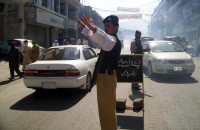


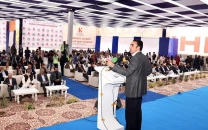
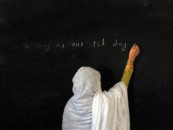
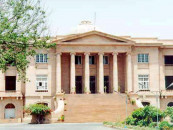










COMMENTS
Comments are moderated and generally will be posted if they are on-topic and not abusive.
For more information, please see our Comments FAQ